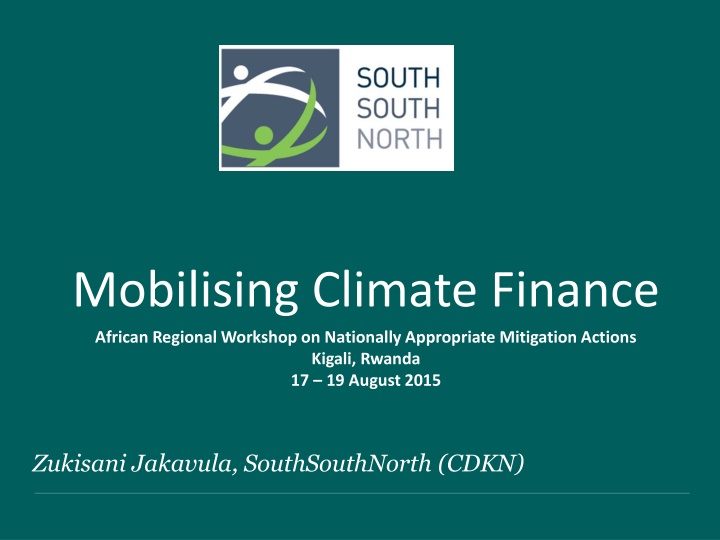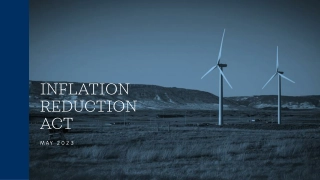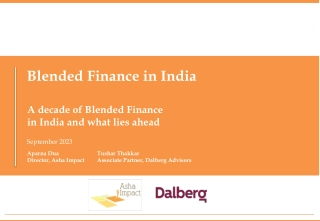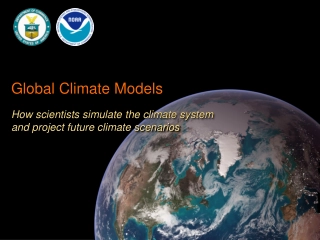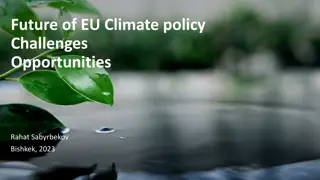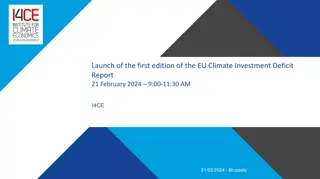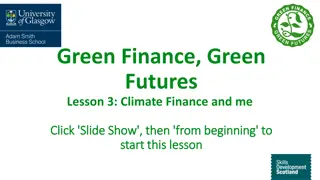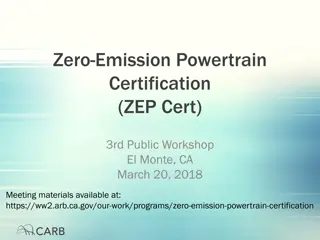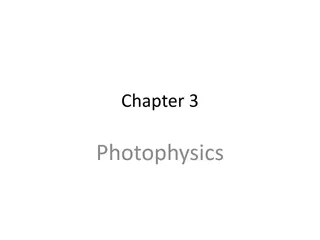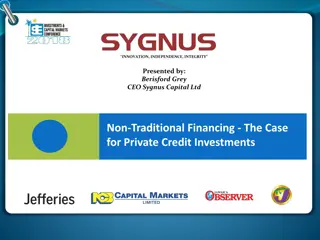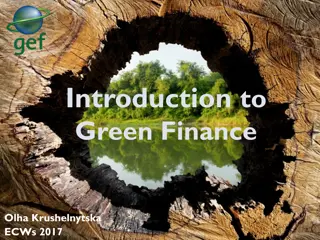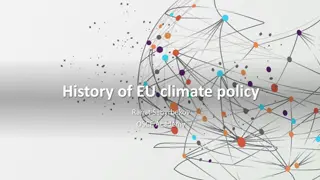Mobilising Climate Finance for Low-Emission Investments
Understand the challenges and opportunities in mobilising climate finance for low-emission, climate-resilient investments in developing countries. Explore the role of the private sector, different financing approaches, and the distribution of finance for mitigation and adaptation initiatives.
Download Presentation

Please find below an Image/Link to download the presentation.
The content on the website is provided AS IS for your information and personal use only. It may not be sold, licensed, or shared on other websites without obtaining consent from the author.If you encounter any issues during the download, it is possible that the publisher has removed the file from their server.
You are allowed to download the files provided on this website for personal or commercial use, subject to the condition that they are used lawfully. All files are the property of their respective owners.
The content on the website is provided AS IS for your information and personal use only. It may not be sold, licensed, or shared on other websites without obtaining consent from the author.
E N D
Presentation Transcript
Mobilising Climate Finance African Regional Workshop on Nationally Appropriate Mitigation Actions Kigali, Rwanda 17 19 August 2015 Zukisani Jakavula, SouthSouthNorth (CDKN)
Overview Low-emission, climate resilient investments in developing countries face policy, risk, cost, and liquidity impediments The financial requirements are substantial but there is sufficient capital to invest, particularly among institutional investors There is consensus that the private sector has a critical role to play Carbon pricing continues to expand in new regions around the world but, on its own, is not up to the task Different approaches required given diverse nature of gaps and investor preferences
Overview Recipient Institution Financial Instrument Country Regions Objectives Source
Most finance was channelled bilaterally
New & additional? Criteria Germany Japan Norway UK USA Increase in climate finance overall Yes Yes Yes Yes Yes Increase for existing climate projects In some cases In some cases In some cases In some cases In some cases Recycling ? Partially Partially Partially Partially Partially Met 0.7% GNI as ODA? No No Yes No No* New sources? Yes No, but dedicated budget contributions No, but dedicated budget contributions No, but dedicated budget contributions No, but dedicated budget contributions
Private Sector: Taxonomy of Instruments directly fund the outcome of an investment by increasing the return on equity or debt reduce risk in the financing cycle by increasing the likelihood of a project reaching financial close and/or decreasing the cost of capital provide seed capital for low-carbon business having strong social impacts on top of the underlying emission mitigation
Private Sector: Potential Approaches Category Increasing Returns Reducing Risks Providing Seed Capital Sector 1. Bankable Power Purchase-Like Agreement for Energy Efficiency 2. Policy Insurance for Renewable Feed-in Tariff 3. Credit Enhancement of Project Debt 4. Clean Energy Loan Guarantee Mono-Line Insurance for First Loss Large-scale clean energy 6. Emission Reducing Unde- writing Mechanism to Purchase CERs from LDCs 7. Public-private fund to absorb potential first loos from high-risk investments in LDCs 8. Revolving fund for low- carbon social enterprise focusing on energy access 9. Pooled fund for small- scale VC to promote low- carbon social enterprises in LDCs Energy access 10. Advanced Market Commitment for REDD+ Bio-carbon
Lessons from going forward Make continued commitment to scaling up climate finance Strengthen enabling environments in recipient countries Better understand how to target country needs and vulnerabilities Reduce public investment in climate- incompatible development Continued reporting improvements will help
